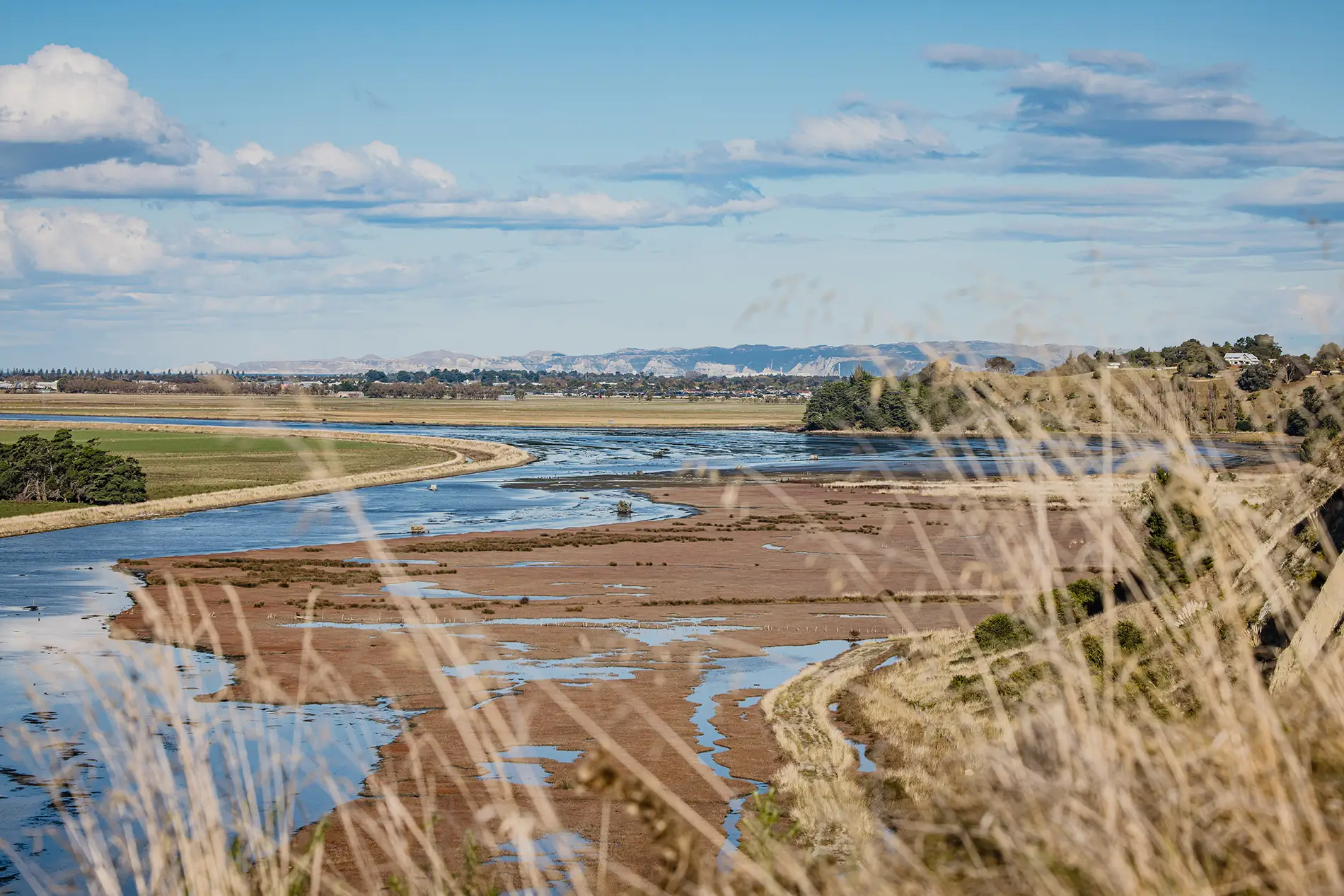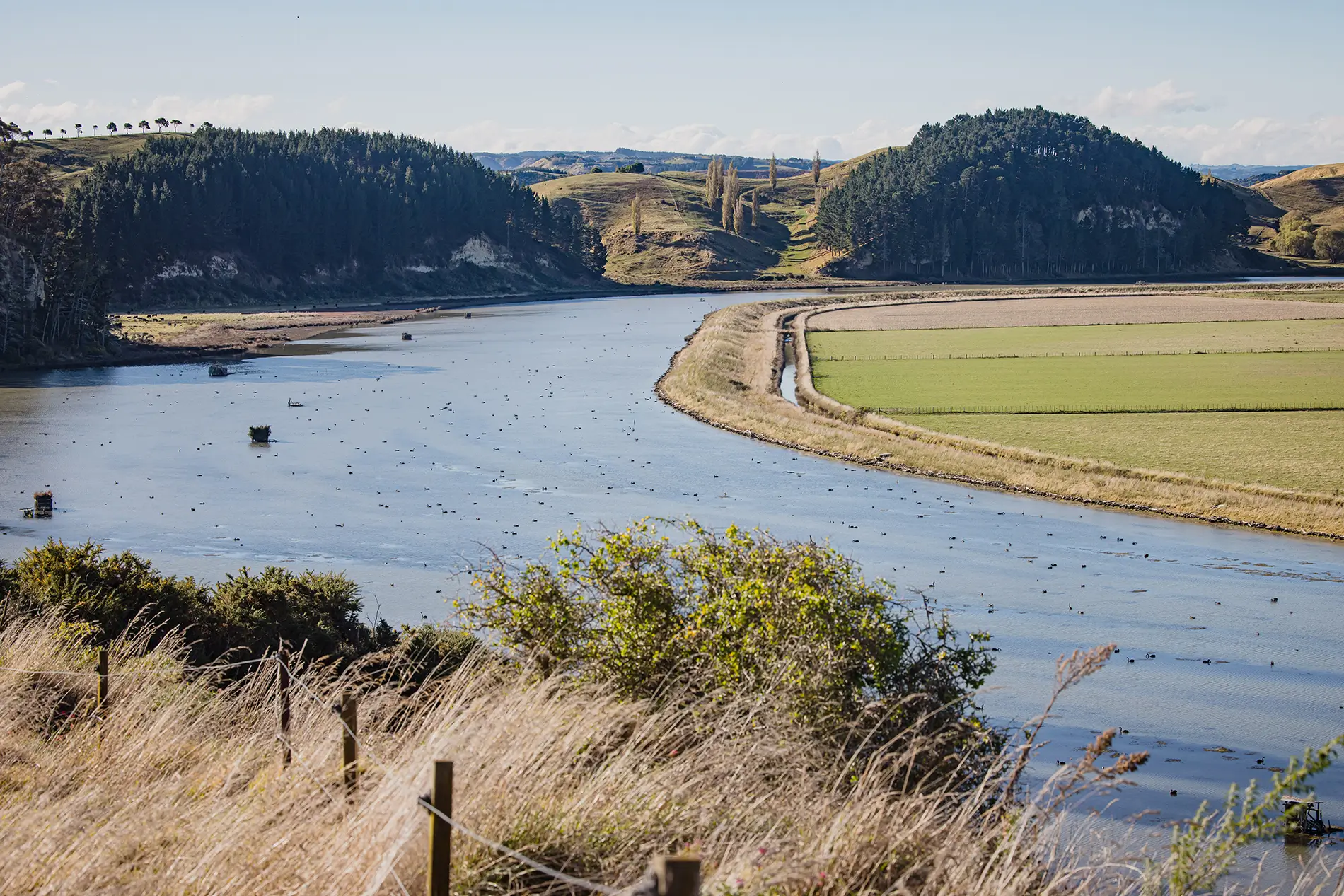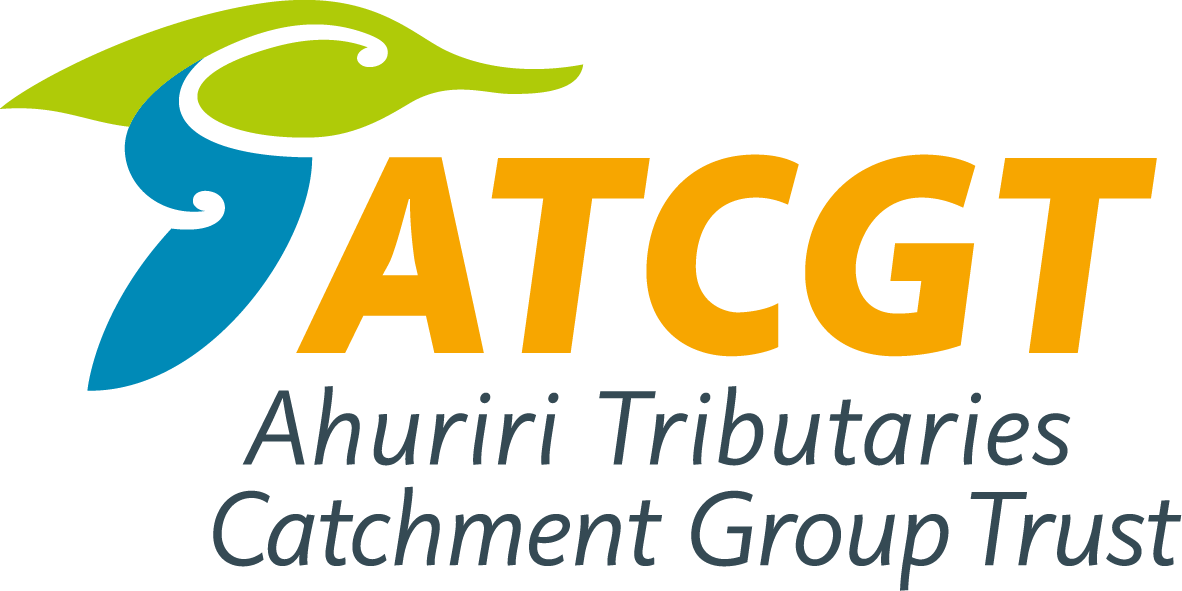Landowners
The Ahuriri Catchment
The Ahuriri tributaries catchment is unique for a number of reasons. Covering approximately 9,000 hectares, there are around 1100 small block landowners (<20 hectares), as well as commercial farming and horticulture activities.
Less than ten per cent of the catchment remains as native vegetation, with the remaining habitat considered acutely threatened to extinction. The small amount of indigenous vegetation means a lack of indigenous biodiversity, including habitats for native flora and fauna. Water quality has also been compromised by the loss of biodiversity, where hill slopes and riparian margins have lost their original vegetation.
This makes the land and waterbodies susceptible to erosion, sediment input and nutrient runoffs which will eventually flow into Te Whanganui a Orotū, Ahuriri Estuary. The catchment’s more than 70kms of tributary streams flow to Te Whanganui a Orotū, and more than 232 landowners live within five metres of a waterway.
Cyclone Gabrielle had a devastating effect on the land and the people of the catchment. The tributaries are denuded, bare, open silt-laden sediment corridors. The challenge is to keep the soil and sediment on the hills, and out of waterways.
A series of investigations across Hawke’s Bay rivers, including Wharerangi Stream in our catchment, has been done by Hawke’s Bay Regional Council. This report is one of many resources that will inform our thinking about what we need to do for the future of our catchment.
To read WSP’s report “Stream and river assessments for Cyclone Gabrielle Rural Recovery Wharerangi Stream Brooklands” (written for Hawke’s Bay Regional Council).
To read WSP’s report “Stream and reiver assessments for Cyclone Garbielle Rural Recovery Wharerangi Stream Puketitiri Road” (written for Hawke’s Bay Regional Council)
Support for landowners
We support landowners – farmers, horticulturalists, mana whenua and small block owners – as well as other rural businesses to improve their land care activities, including freshwater management, biodiversity, and climate resilience. We will share knowledge and information, undertake water monitoring, host planting events and field days, building strong community involvement, and encouraging, supporting and demonstrating good practice for freshwater management activities, biodiversity, and climate resilience. We can connect landowners with other agencies and funding sources for good land management practices.
Mini Freshwater Management Plans
The requirement for landowners to develop freshwater farm plans applies to properties 20 hectares or greater, or in the case of horticultural properties five hectares or greater. Small land holdings are not covered by the legislation, but land management activities and run off from these smaller properties do have a direct impact on the health of the Ahuriri catchment area and Estuary. Our mission is to work with the 1084 small block landowners in our catchment area that fall outside the legislation.
Mini freshwater plans for lifestyle blocks
We see a gap in practical advice and knowledge sharing for lifestyle block owners to improve land management activities, and our goal is to fill this gap.
We have developed a template freshwater management plan for lifestyle blocks, and can help owners get started on developing a plan for their land.
This template is designed to help inform landowners of the management options for their land (based on a range of attributes such as soil types and slope) to achieve the best outcomes for improving the health of the land and waterways.
To download a freshwater management plan template and guide click here.
Peter McIntosh, our catchment coordinator is dedicated to the implementation of these plans. He will provide one-on-one support for implementation, continuous advice, monitoring and evaluation. Email Peter.

Mini Freshwater Management Plans
The requirement for landowners to develop freshwater farm plans applies to properties 20 hectares or greater, or in the case of horticultural properties five hectares or greater. Small land holdings are not covered by the legislation, but land management activities and run off from these smaller properties do have a direct impact on the health of the Ahuriri catchment area and Estuary. Our mission is to work with the 1084 small block landowners in our catchment area that fall outside the legislation.

Mini freshwater plans for lifestyle blocks
We see a gap in practical advice and knowledge sharing for lifestyle block owners to improve land management activities, and our goal is to fill this gap.
We have developed a template freshwater management plan for lifestyle blocks, and can help owners get started on developing a plan for their land.
This template is designed to help inform landowners of the management options for their land (based on a range of attributes such as soil types and slope) to achieve the best outcomes for improving the health of the land and waterways.
To download a freshwater management plan template and guide click here: <link: to downloadable PDF>.
Matt Truebridge, our catchment co-ordinator is dedicated to the implementation of these plans. He will provide one-on-one support for implementation, continuous advice, monitoring and evaluation.
Email Matt: <link: pre populated email to Matthew>.
ATCGT Freshwater Management Plan
We have developed a template freshwater management plan for lifestyle blocks, and can help owners get started on developing the plan for their land.
Matt Truebridge, our catchment co-ordinator is dedicated to the implementation of these plans. He will provide one-on-one support for implementation, continuous advice, monitoring and evaluation <link: pre populated email to Matthew>.
Funding for native trees
Through our relationship with Marie Taylor of Plant Hawke’s Bay and separate funding access to MPI funding, we hope to provide a quantity of native trees to each lifestyle block owner as an incentive to implement our fresh water management plan. We hope this will not only get more landowners engaged, but also will result in increased planting activities for sustainable land and water management.
Ahuriri Catchment Map Series
This useful resource of Catchment GIS Data courtesy of Sustainable HB.
